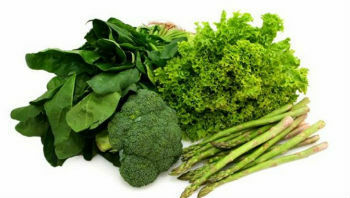Foods of mineral origin are those that come from water and minerals. Depending on its origin, food can be of three types:
- Animals: food from animals. Example: eggs, milk and meat.
- Vegetable: food from vegetables. Example: vegetables, vegetables and fruits.
- Minerals: represented by water and mineral salts.
Mineral salts are found in most foods of animal or vegetable origin. These foods represent the main source of minerals for the body.
The minerals present in food are essential for a healthy diet and provide the necessary elements for the proper functioning of the human body.
List of foods of mineral origin
Check the list with the name of 12 mineral foods and where can they be found:
1. Water

Water is the most essential food for the human body, being indispensable for survival.
Approximately 60% of the body is made up of water. Also, many chemical reactions that take place in the body require water.
2. Calcium

Calcium (Ca) is the most abundant mineral in the body, 99% of which is concentrated in bones and teeth. It contributes to skeletal constitution, muscle contraction and blood clotting.
Foods rich in calcium are: milk and its derivatives, kale, broccoli, tofu, soy, white beans, spinach and sardines.
Lack of calcium in the diet can lead to bone problems, osteoporosis and heart palpitations.
3. Iron
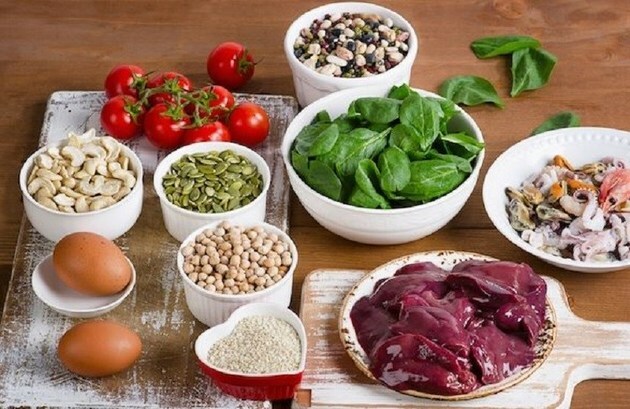
Iron (Fe) acts in the transport of oxygen in cells, because it is found in hemoglobins. Furthermore, it participates in chemical reactions and cell oxidation.
Iron is found in a huge variety of animal and plant foods. Examples: red meat, liver, egg yolks, broccoli, kale, spinach, oats, quinoa, cashew nuts and beans.
Lack of iron in the diet leads to reduced immune defense, tiredness, hair loss and anemia.
Read too: 8 superpowers of human body cells
4. Magnesium
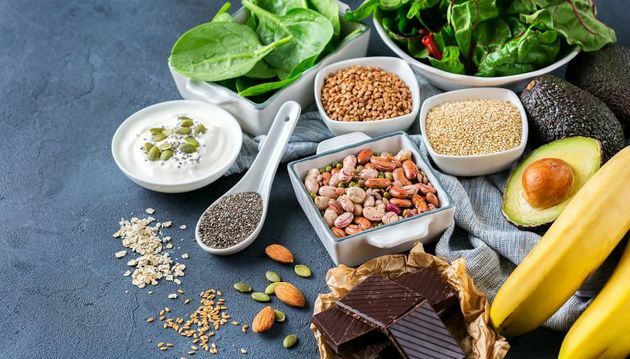
Magnesium (Mg) participates in the formation of bones and teeth, contributes to the transmission of nerve impulses. It also assists in carrying out various cellular chemical reactions and enzymatic processes.
This mineral can be found in vegetables, green leafy vegetables, nuts, apples, bananas, figs, soy, wheat germ, oats, cereals, fish, meat, eggs, beans. The biggest source of magnesium is wheat bran.
The lack of magnesium in the diet causes muscle spasms and pain, loss of appetite, tiredness and weakness.
5. Phosphor

Phosphorus (P) is a component of DNA and RNA molecules, in addition to being a constituent of the phospholipid layer of the plasma membrane. It also helps in the formation of bones, teeth and muscles.
In the body, most phosphorus is found in the bones, associated with calcium.
Phosphorus is found in meat, poultry, fish, egg yolks, beans, peas, lentils and dairy products.
A low phosphorus diet can result in bone fractures, muscle atrophy and rickets.
6. Fluorine

Fluoride (F) is widely recognized for its role against tooth decay. Hence, it is often added to drinking water.
Fluoride can be found in seafood, beef liver, vegetables, rice and beans.
Excessive fluoride intake can build up on the teeth, under the enamel surface and give rise to white spots.
7. Iodine
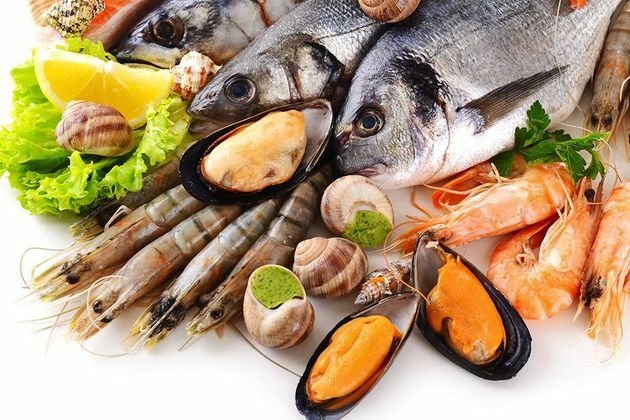
Iodine is essential for the production of thyroid gland hormones, as well as in regulating the body's growth.
It is found in iodized salt, seafood and fish. The lack of iodine in the diet can cause goiter, increase in the volume of the thyroid.
8. Potassium

Potassium (K) helps in muscle contraction and transmission of nerve impulses.
This mineral can be found in meat, milk, eggs, cereals, bananas, melon, potatoes, beans, peas, tomatoes, citrus fruits.
A low potassium diet can result in reduced muscle activity, which includes the heart muscle.
9. Sodium
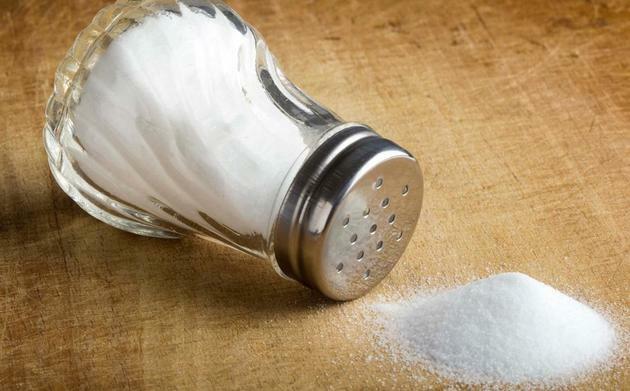
Sodium (Na) is related to the conduction of nerve impulses, muscle contractions and blood pressure.
Sodium is found in table salt, processed foods, eggs, seaweed and smoked meats.
The lack of sodium in the diet causes cramps, dehydration, difficulty in healing wounds, dizziness and low blood pressure. While, its excess can result in hypertension.
10. Zinc

Zinc (Zn) regulates sexual development, insulin production, protein metabolism and the immune system.
Zinc is found in meat, seafood, eggs, beans, pulses, nuts and nuts.
A diet low in zinc reduces the production of male hormones, resulting in delayed sexual maturity. In addition to being a risk factor for the onset of diabetes.
11. Manganese
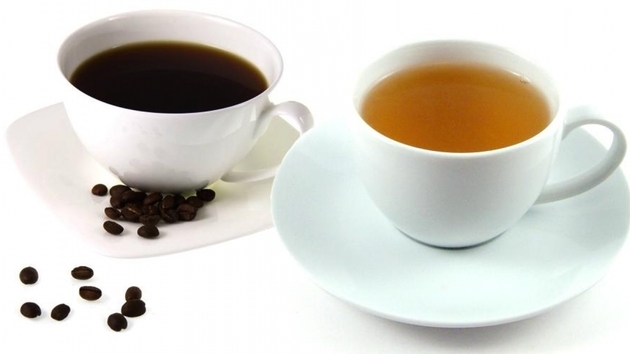
Manganese (Mn) participates in enzymatic processes and in bone and tendon formation.
It can be found in whole grains, vegetables, coffee and teas.
Sub-optimal manganese consumption can cause weight loss, alter reproductive capacity and carbohydrate metabolism.
12. Selenium
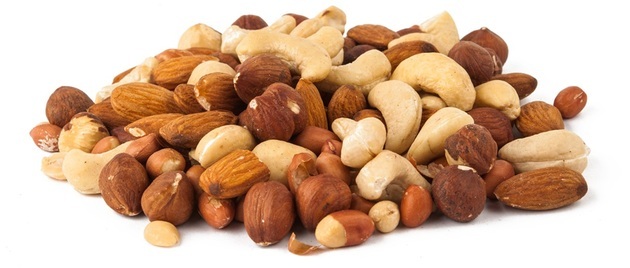
Selenium (Se) aids in fat metabolism. It is found in nuts, seafood and whole grains.
Selenium deficiency in the diet is rare, however, when it occurs, it contributes to the emergence of heart disease and thyroid changes.
Read too:
- food origin
- Vegetable foods
- Animal foods
- Healthy eating
- fruit
- Vitamins


